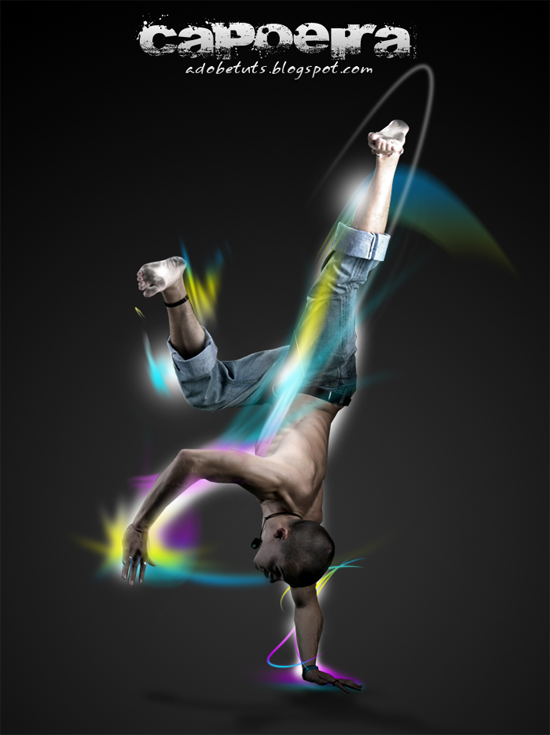
Step 1

Open new document with this sizes : 500px(width) X 200px(height). Fill the background of the new document with any colors or photo. It's your choice but for this tutorial, I'll be using wood interface.
Step 2

Using the Elliptical Marquee Tool, create a circle shape outline in the middle part of the document. Next, color with any colors you like.
Step 3

Use the Polygonal Marquee Tool to create the rectangle shape just like above (this is to create the "fold" shape). Right click the selected area and choose "Layer via Cut". Once you've done that, the circle shape should look like this (See below)

Step 4

Select the layer and go to Edit> Transform> Rotate. Rotate the "fold" shape to 180 degree.
Step 5

Select the circle layer and choose "Layer style". You need to make shadow for the folding part. Go to Gradient Overlay and set the setting's just like above.
You also need to create "Drop Shadow". See settings below.

Step 6

Select the "fold" layer and add this layer style settings.
Step 7

Create a new layer and add any symbols, logos or even shapes for your badge.

That's all. Simple and easy!
Download the sample PSD file with 3 badges here : http://www.ramesstudio.com/adobetuts/badges_sample.psd
I welcome any comments or suggestions.
Thanks,

















































